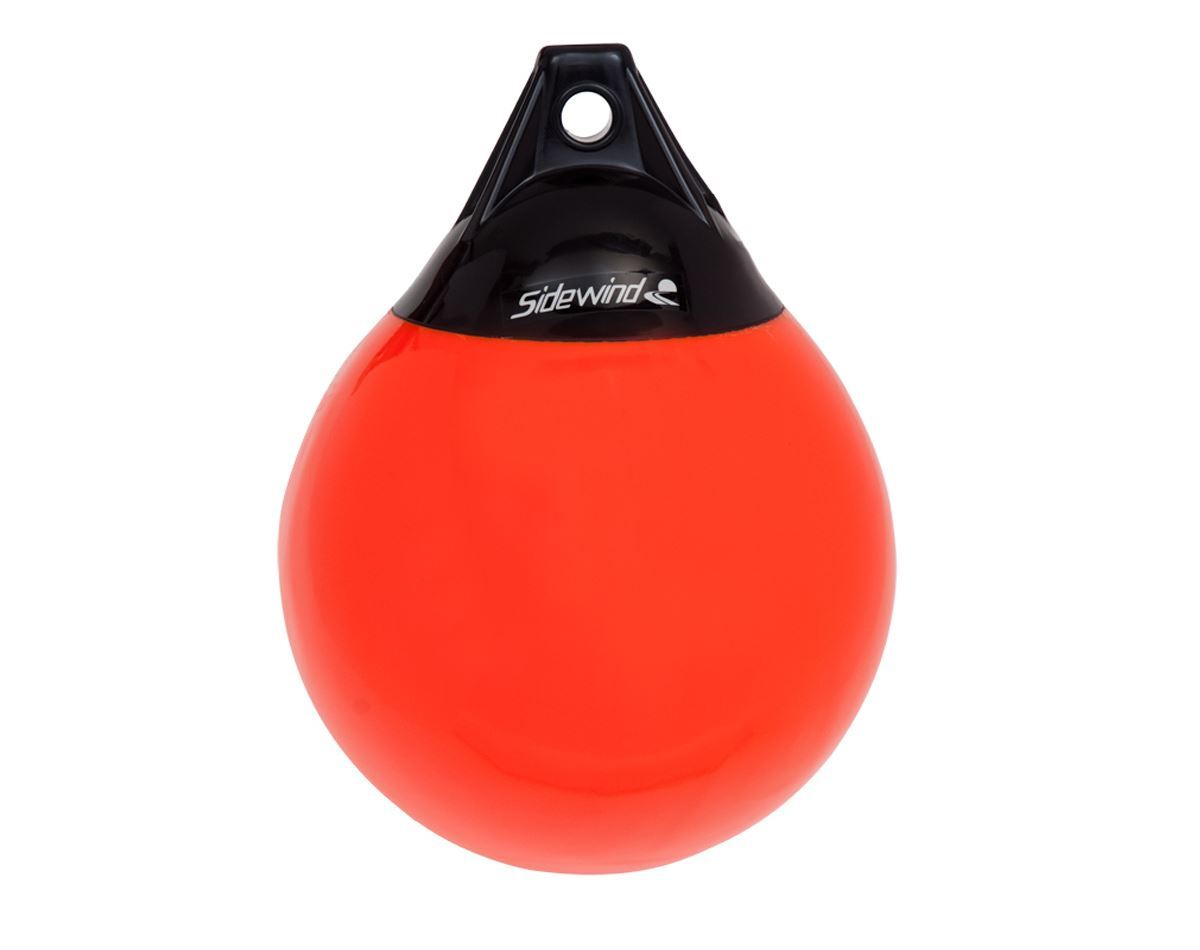 |
| Well, I might as well wipe my feet on something nautical. |
This year, I was asked to work weekends as a human filter for Mitch Kitz, who has an encyclopaedic knowledge of marine electronics and can be considered the Ken Jennings of Salty Jeopardy. Which doesn't exist, but if it did, rum would be involved.
I've been attending this boat show since 2000, right after we bought our first boat Valiente on August 31, 1999. Due to the possible fudging of press credentials, volunteer work at my boat club's booth, and now getting in as an "employee" of the most transitory type, I count with pride the fact that I have never paid to shop at the boat show.
 |
| All that pink fluid is plumber's antifreeze for the winterization of various water feeds. The strut is being removed and replaced with stronger models for that "ssssh" effect I enjoy. |
I have, however, shopped. Search this blog for "boat show" and examples abound of engine and prop purchases, lights and tank bargains, and the inevitable "consumables" of boat hooks and fenders, of which the missus says we have too many and too much. And plenty of sarcasm about dodgy sailboat designs...I didn't even bother with the few examples of dock jewellery present this year. I did get a nice LED 10 watt-equivalent light, however, which is one of two now brightening the engine bay at a "cost" of just 0.0833 amps, times two.
 |
| Not the best, no, but I consider them sacrificial in the locks we will soon transit. |
The boat show, alas, is not what it used to be, not that it ever was this far from the ocean. Most of the boats and most of the visitors, of whom I spoke with dozens and dozens in my "may I help you" role, are orientated toward power boats of various kinds and it was nice, if fleetingly so, to chat about sailboats. None of the sailboaters appeared to be below 50, a grim little factoid about the demographics of those who prefer wind to fuel.
 |
| There were several of these and they proved popular. Apparently, the PR disaster has passed. |
 |
| Man, people love grilling on boats. |
A lot of barbeques were sold, and I did get a little cross-eyed relating in excruciating detail the attributes of what is essentially a propane mantle in a steel box. But the focus around here is on the beer, the cottage and combining the two with meat on or beside a lake. The ocean is far away and probably cold.
 |
| Last seen in the "salmon mousse" scene. |
Which is why I bought this otherwise impractical item. It's a Gul neoprene zip-up 'rigging jacket', thick and a little heavy, like a bondage blazer. It looks like I would have heat stroke in it in any other place than where we are going, which is the North Atlantic via the St. Lawrence in 10 or so weeks. Ice, snow, sleet and wind may be factors, and this I deem the watchstanding jacket to do it in. Besides, it's discontinued and was very cheap.
The biggest purchase was that of two Honda eu2200i portable gensets, which can be linked together to produce 4000-odd watts, or 30 amps, which is suitable for light welding or running our whole boat in most situations. Our existing 12-year-old Honda 2000, the predecessor model, will be pickled and stored in Trenton as it is not done yet by a long shot, but it can't be hooked together with a "companion" model like the newer, somewhat more powerful models as they weren't CSA-approved when I first bought it. The new ones are. I saved about $300 and the sales guy will deliver them to Alchemy.
 |
| Bonus use: as bicycle helmets for retrieving supplies in port. We are bringing at least one bike to Halifax. |
Lastly, in terms of notable purchases (aside from upping our total of Spinlock Deckvests to four) were the trio of Gul helmets suitable for sailing, kayaking, getting a glancing blow from a boom, surviving a short fall down the mast, or smacking a hard part of the boat falling over. They were also a good price, about half that of MEC, and I remain persuaded that a helmet in a good blow is a good idea.
The boat show, however, is but a shadow of its former self and I am having trouble reconciling words like "Australia is on fire" and "carbon tax" and "impeding doom" with the massive powercruisers, wave riders and pontoon boats with giant outboards I saw casting wicked spells on middle-aged men and bored-looking spouses. Nonetheless, working on the retail side was interesting and I have yet to manifest the 'flu. And Ben Gartside, the man from B.C.who sells me my Beta Marine spares, gave me that rather fetching door (deck?) mat at the top of the page. I will both treasure it and wear it out.






































